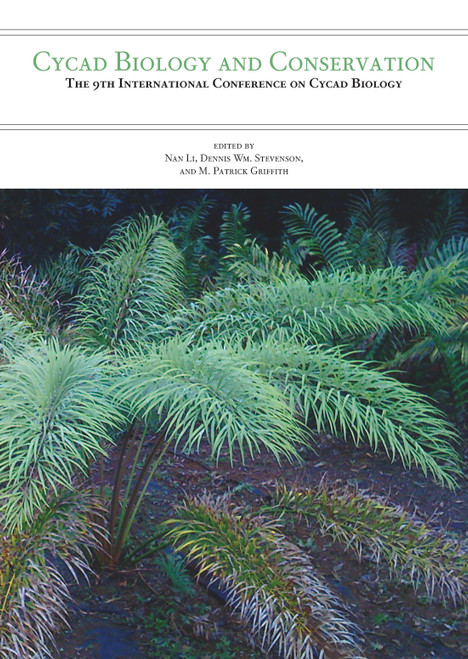This purchase only includes chapter 19 of this title.
Abstract
Africa’s cycads (68 taxa in two endemic genera, Encephalartos and Stangeria) are endangered, with four species extinct in the wild and 35% threatened (EN, CR or EW). Although legislation is strict, threats from illegal collection for horticulture and medicine are rife. Often seizures are unidentifiable, while current legislation demands identification for permits. Ex situ conservation of genetic and locality-based diversity is paramount. Individuals lacking geographic and diagnostic information are also difficult to identify. Species delimitation and numbers are uncertain. DNA barcoding will assist with all the above-mentioned issues. Here, proposed (matK and rbcLa) and additional (psbA-trnH and nrITS1) DNA barcodes were tested on ~350 samples representing all but one taxon. Results show good amplification and sequencing success of proposed barcoding regions. Genetic variation, however, is extremely low, as is resolution at a specific level, even when multilocus barcodes are employed. A multitiered barcoding strategy is proposed and identifiable species listed.
Keywords: Barcoding, multi-tiered, low genetic variation, Cycadales, Zamiaceae, Encephalartos, Stangeria










